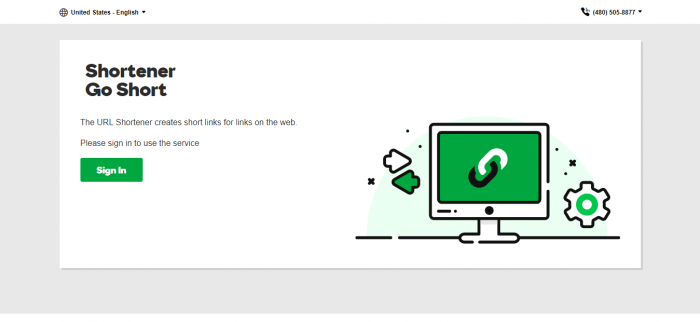Your cart is currently empty!
Tag: Create
-

Create Compelling Contents for High Rank in Search Engines
[ad_1] Create Compelling Contents for High Rank in Search Engines [ad_2]
-

How to Create a URL Shortener Using Your Domain Name 2022
[ad_1] We use shortening URL services like TinyURL, Bit.ly, su.pr, etc. on daily basis. These services are great, but would you like to create something similar on your own? Well setting up such service is an easy task, and if you are using WordPress it too comes with a plug-in that works seamlessly well. And one of the
-

How to Create Content That Actually Drives Links
[ad_1] When it comes to content marketing, it’s no secret that a well-balanced mix of owned, paid and earned media is critical to success. To truly create a comprehensive plan, one that effectively captures customers, marketers must consider that the lines between each of these three types of media has blurred–one influencing the other and
![{Detailed Guide} How to Create an Online Quiz For Social Media [2022 ]](https://seode.org/wp-content/uploads/2022/09/how-to-create-social-media-quiz.png)